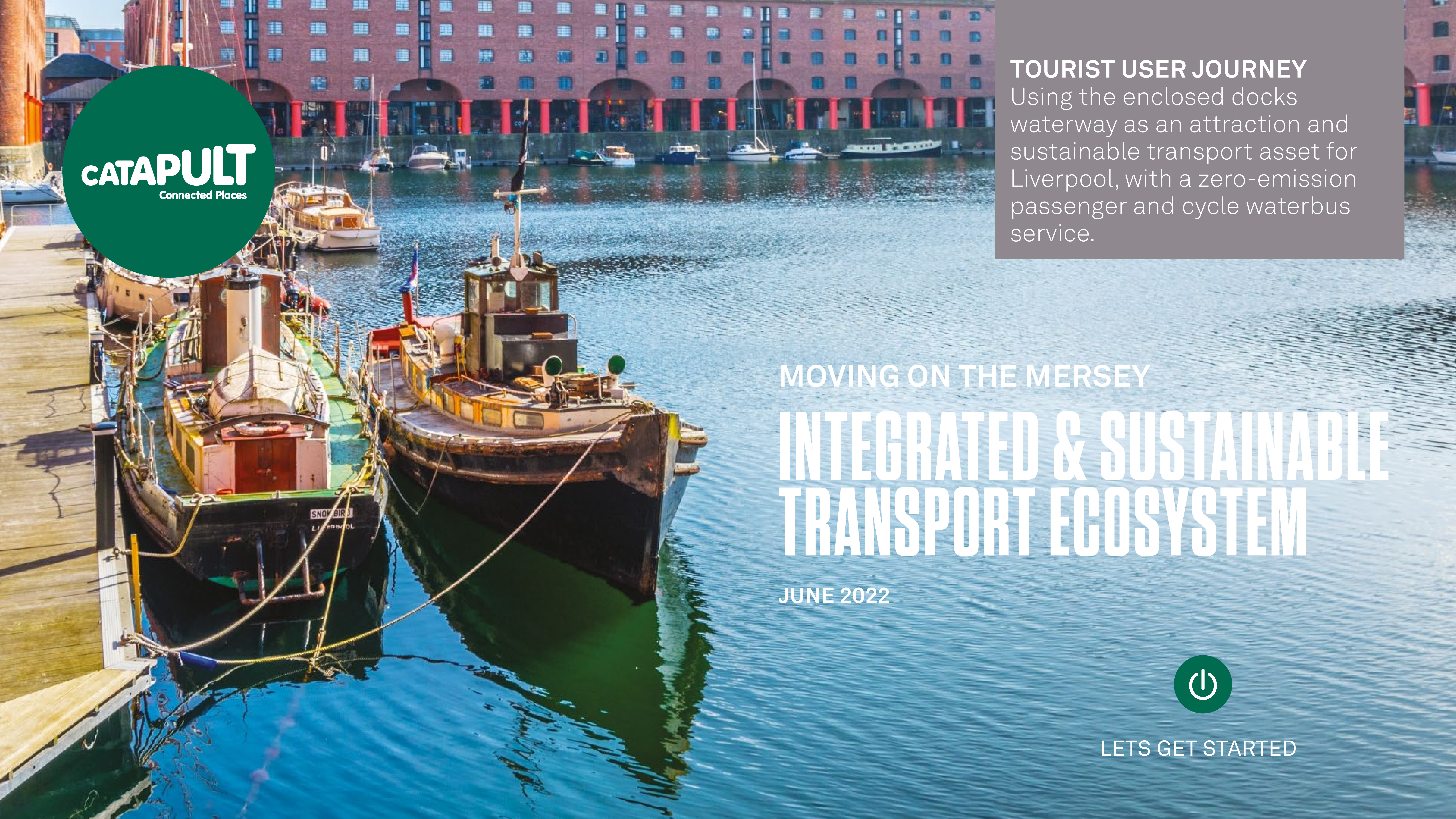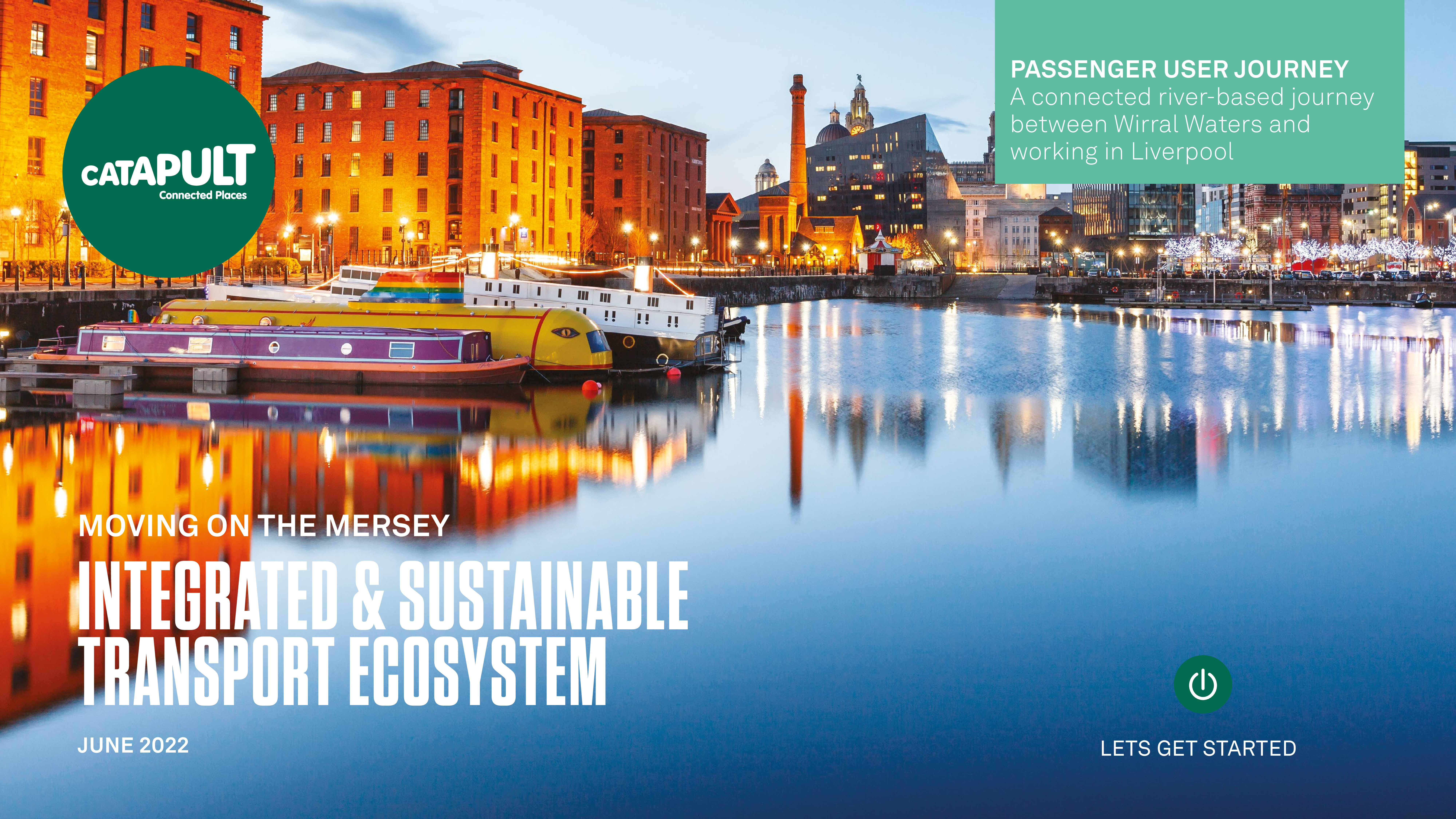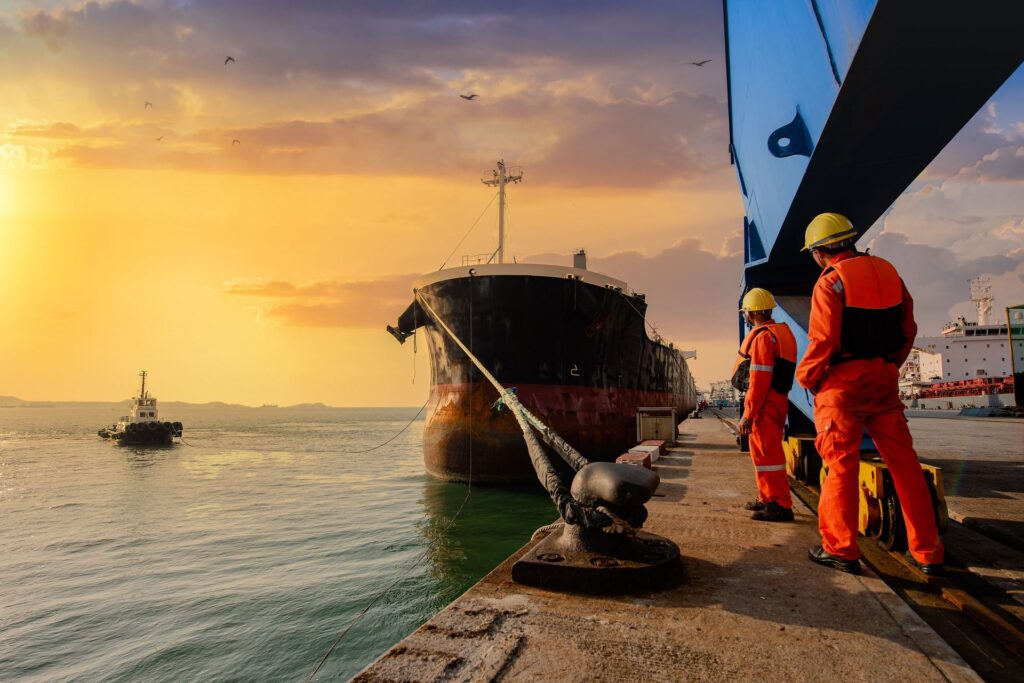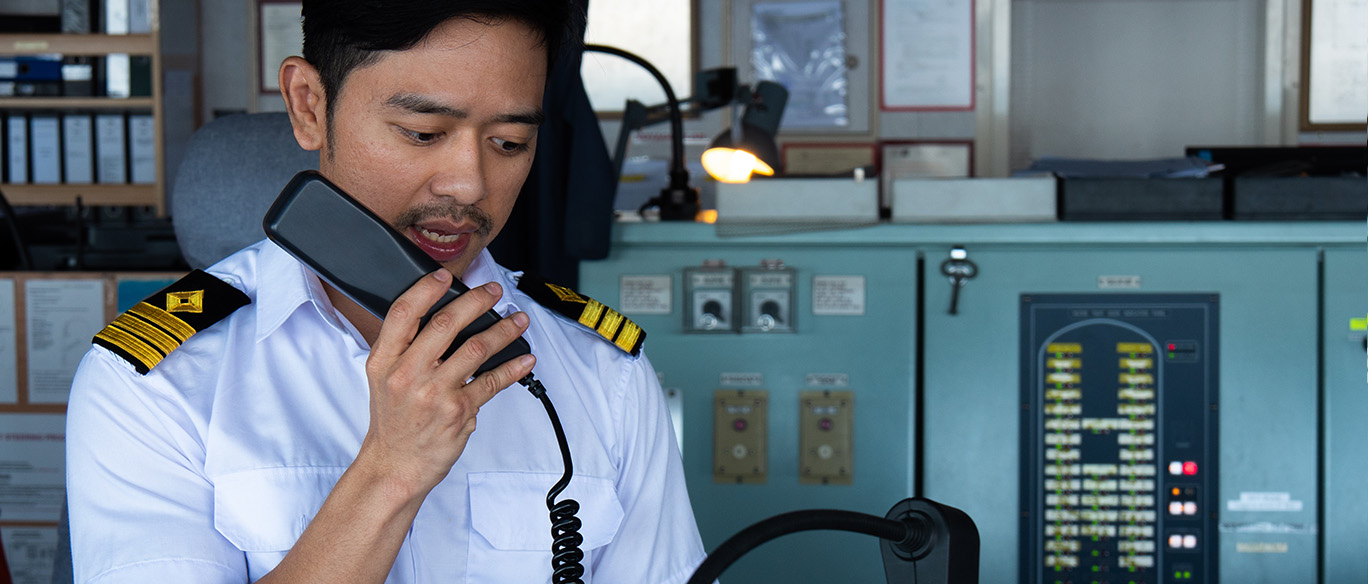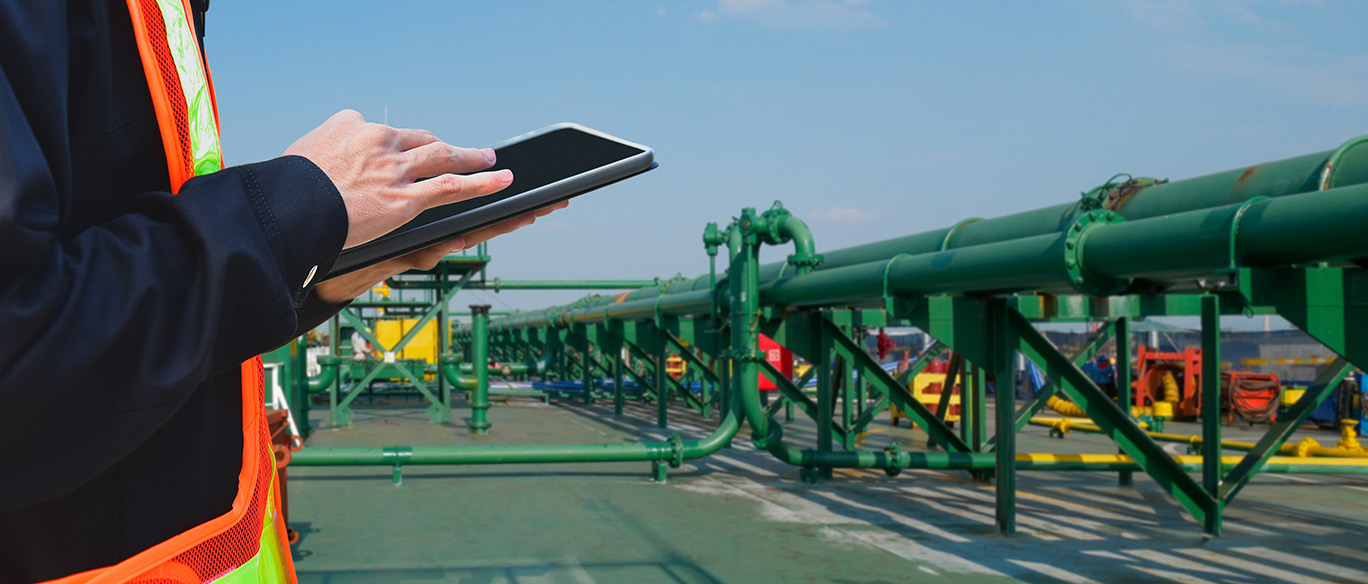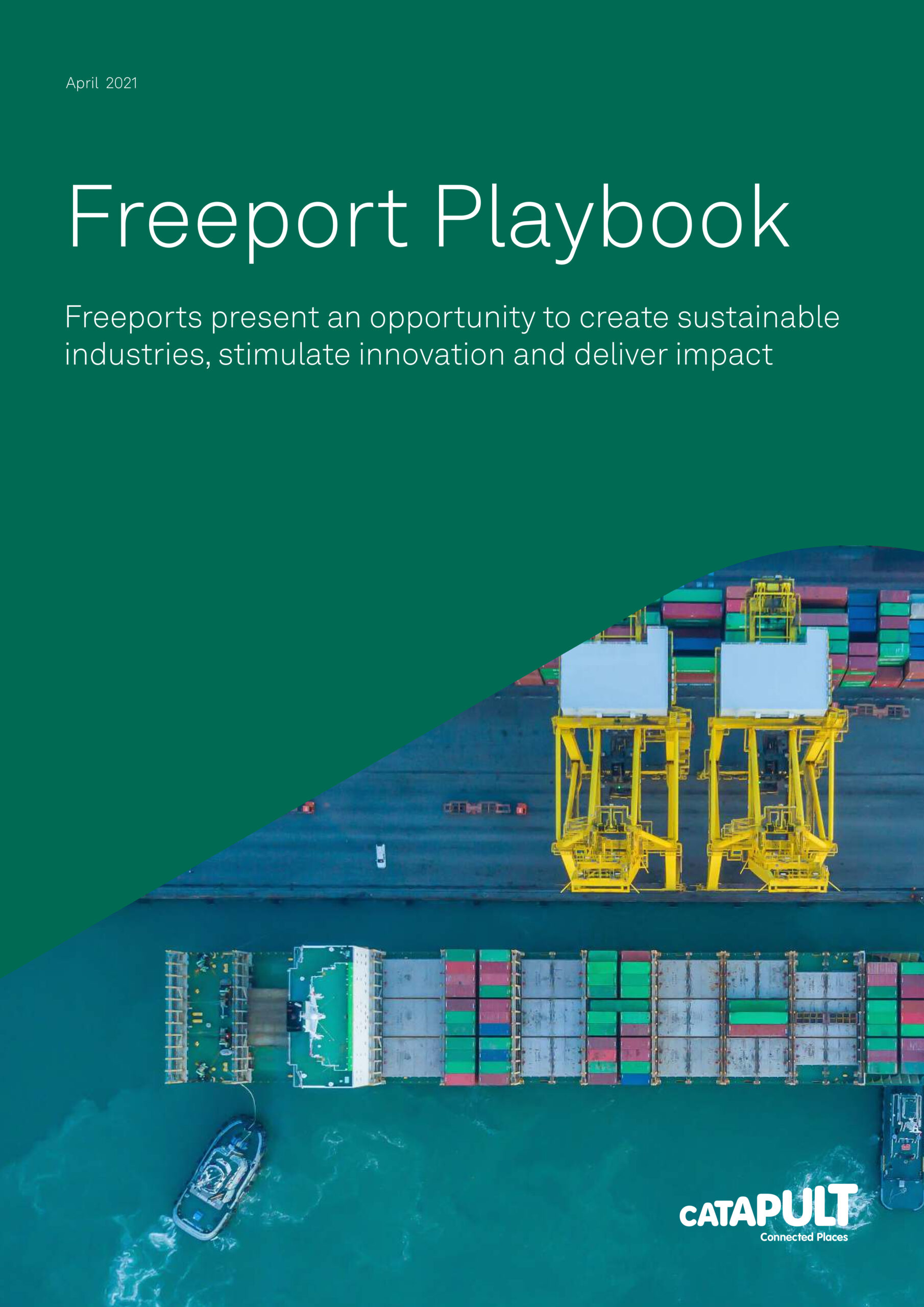The history of the UK is one of trade, where we’ve been moulded and defined by our global connectivity through the seas. This is also true at a regional level, such as in Liverpool, the Solent, London and the Northeast. This trading history has created substantial regional employment opportunities at ports and in the maritime sector, as well as in supporting business services and in companies taking advantage of our growing access to new global markets.
However, despite this history, we’ve seen some of our coastal regions decline in recent decades, influenced by myriad factors such as declining tourism, the globalisation of supply chains and the impacts of new technologies, standardisation and increasing automation. This is particularly relevant in terms of Levelling Up, where we must also recognise that many regions most in need of regeneration are our coastal communities.
In levelling up our coast communities, innovation in maritime and ports can play a substantial role in rebuilding sustainable regional economies. Strengthening the maritime innovation ecosystem provides multiple benefits, such as supporting the growth of solution providers, creating new exploitation pathways for research, generating international export opportunities for UK intellectual property and attracting inward investment based on the unique strengths of maritime clusters in addressing globally relevant challenges.
One of those challenges is in optimising the flow of people and goods across multiple transport modes, where coastal regions and areas with access to useable inland waterways networks have a unique opportunity to make better use of the connectivity providing by those waterways. Increasing the efficient use of waterways as part of wider transport systems can have many benefits, including the reduction of emissions compared to other modes of transport, providing improved user experience and removing congestion from our road and rail networks.
In building up a vision of our renewed connectivity through waterways in UK regions, we teamed up with Royal Haskoning DHV and Mersey Maritime to establish three key user journeys that make better use of the River Mersey, including freight, tourists and commuters. Each of these journeys have been created together with stakeholders in the region, understanding their impact and value as well as the key technology elements that would come together through the new system.






